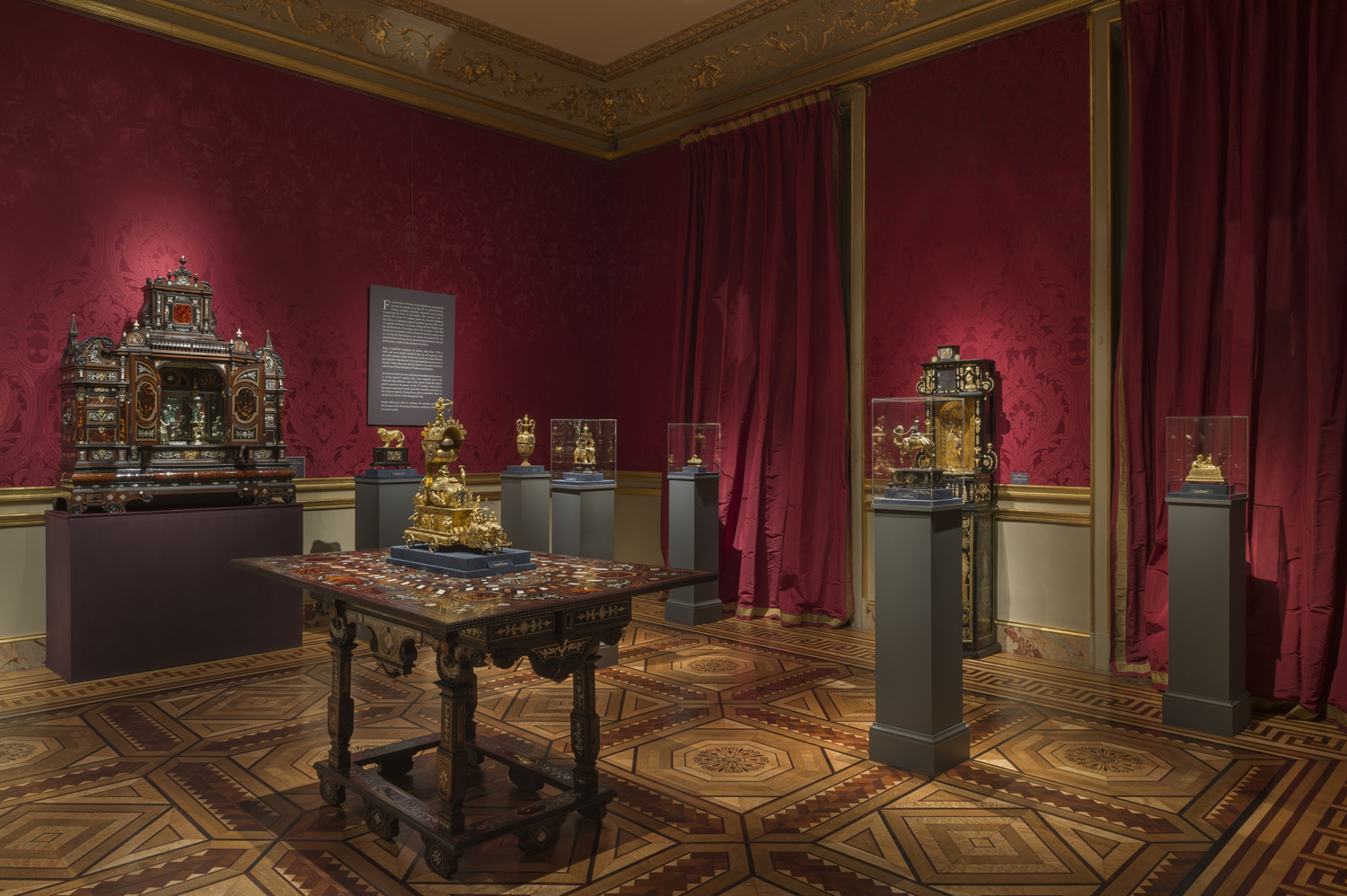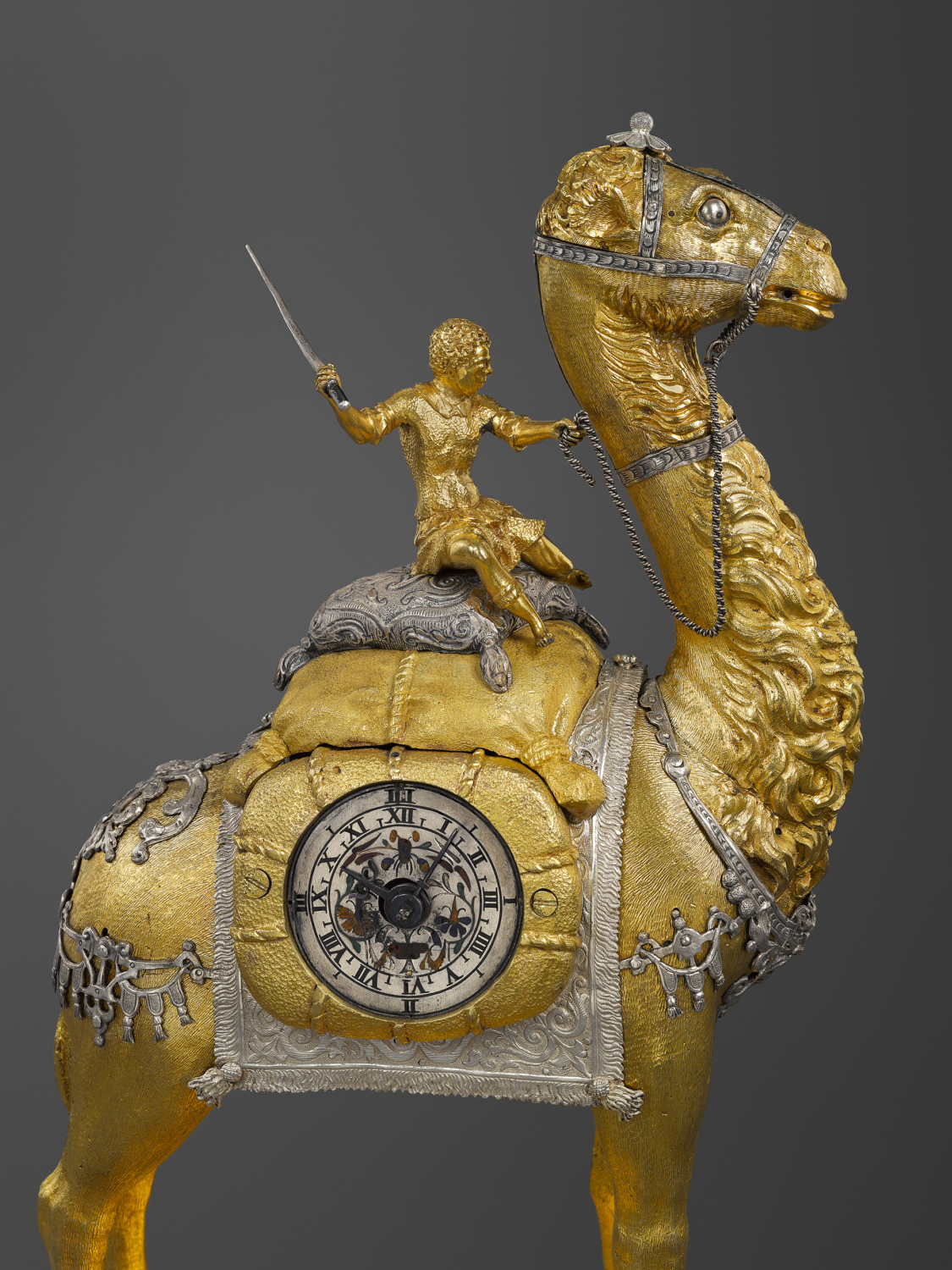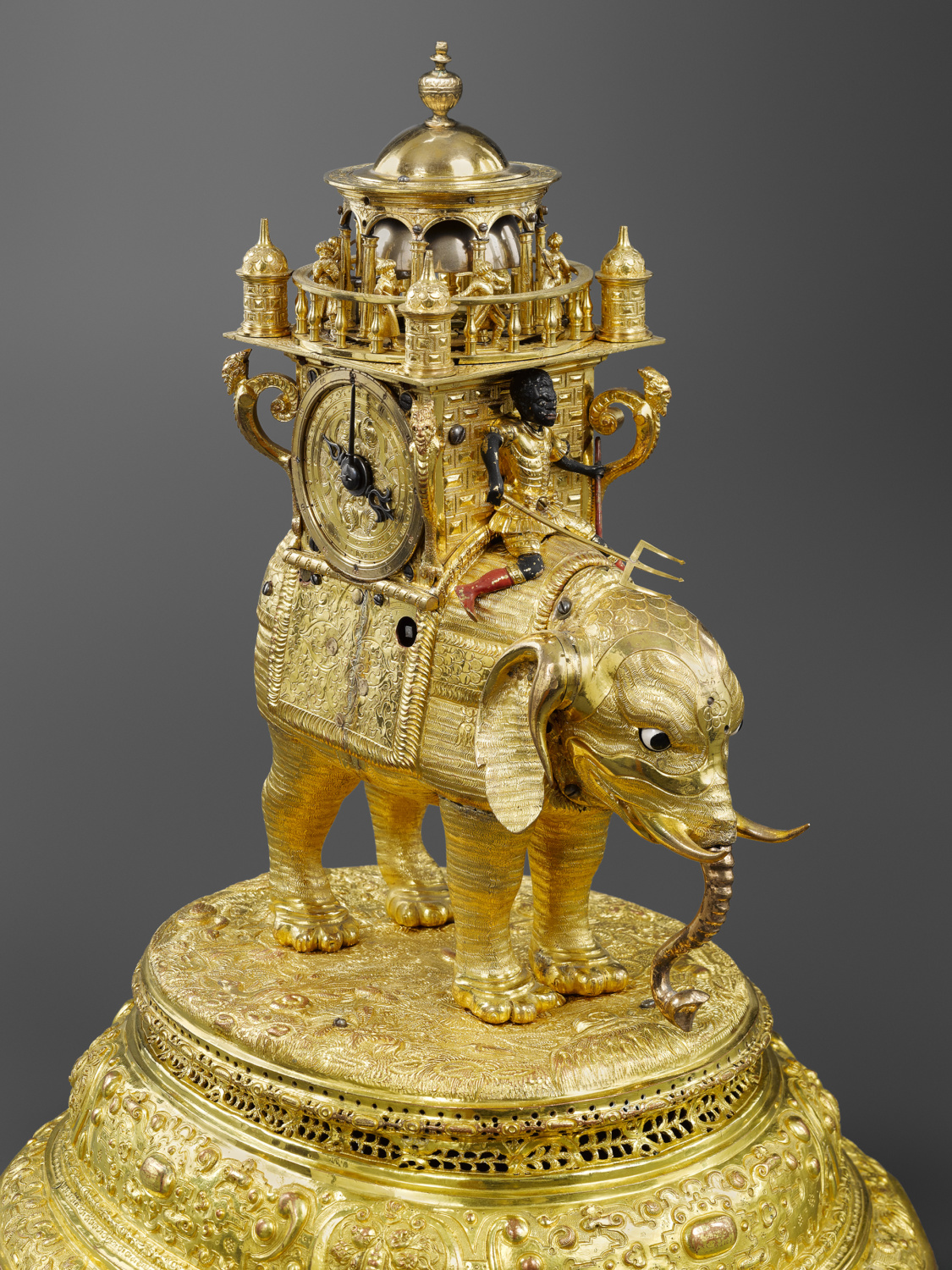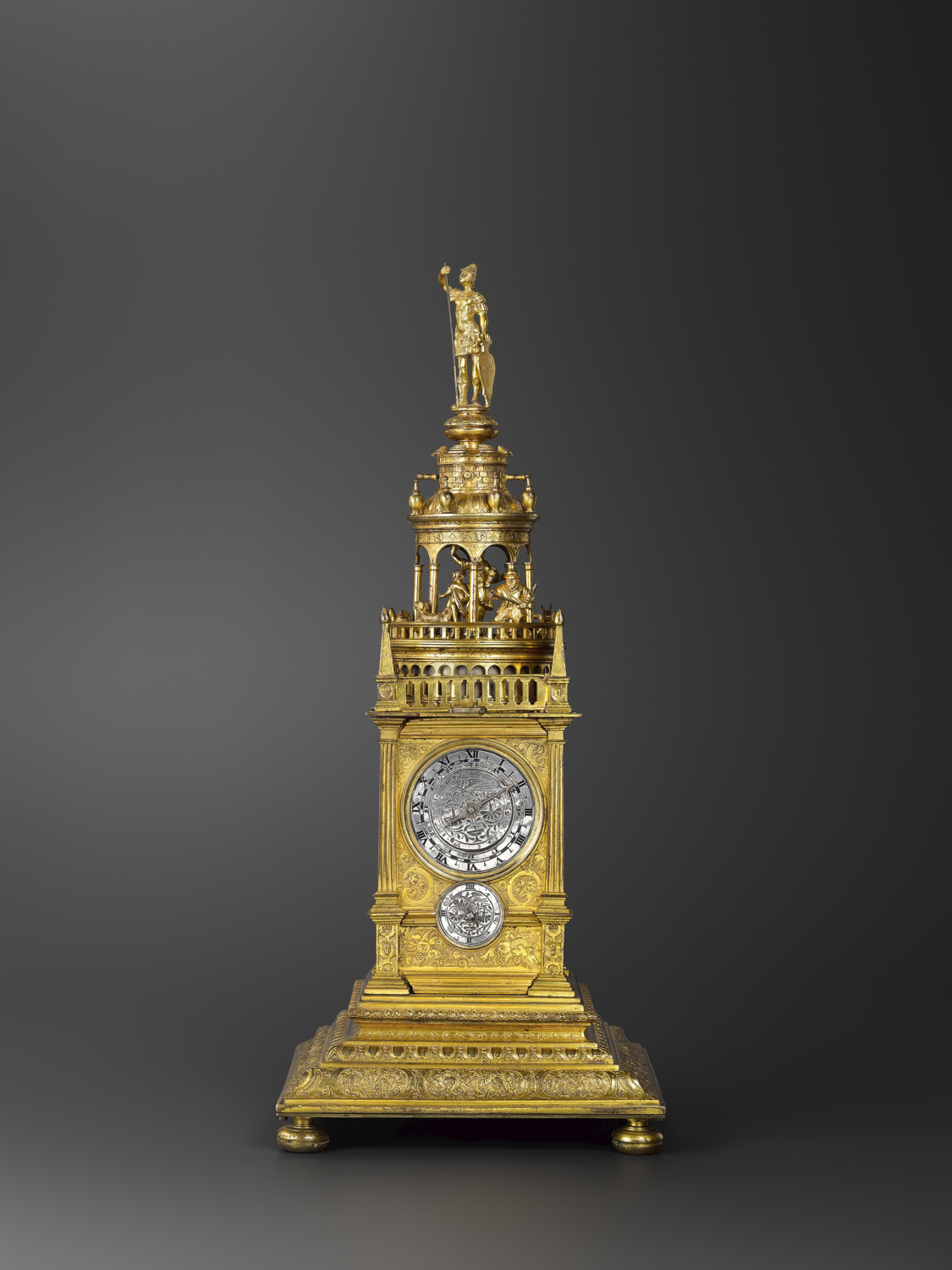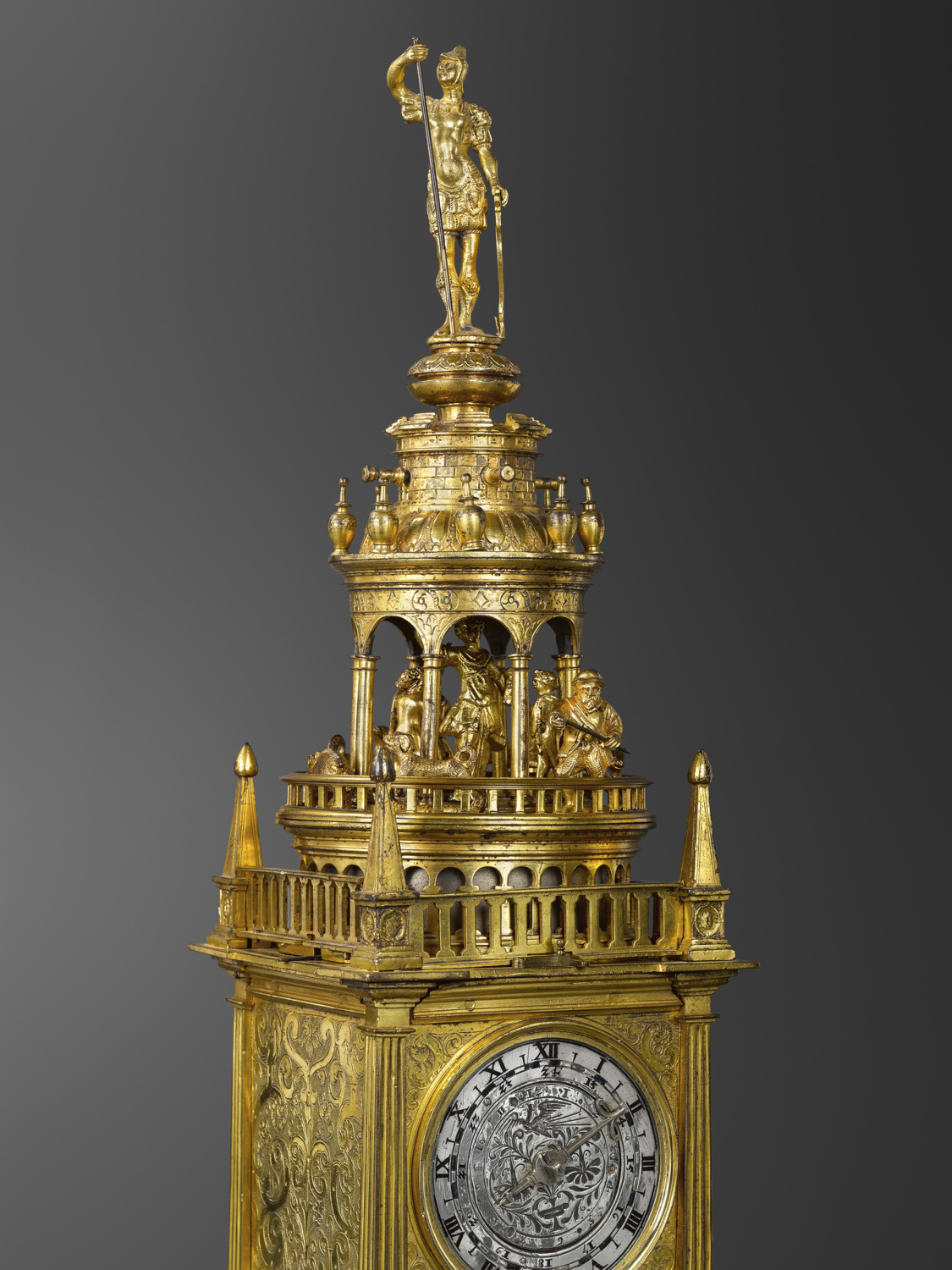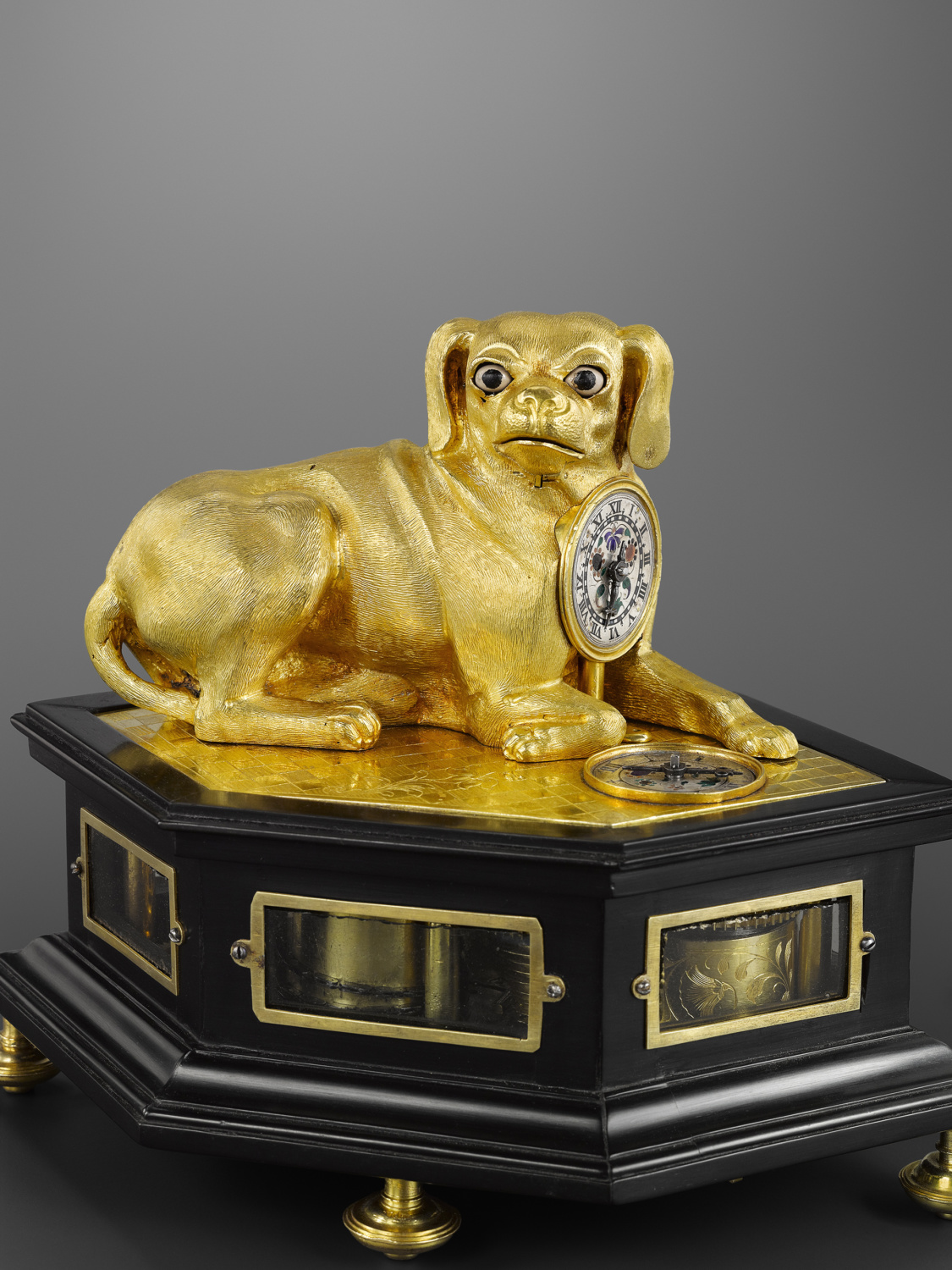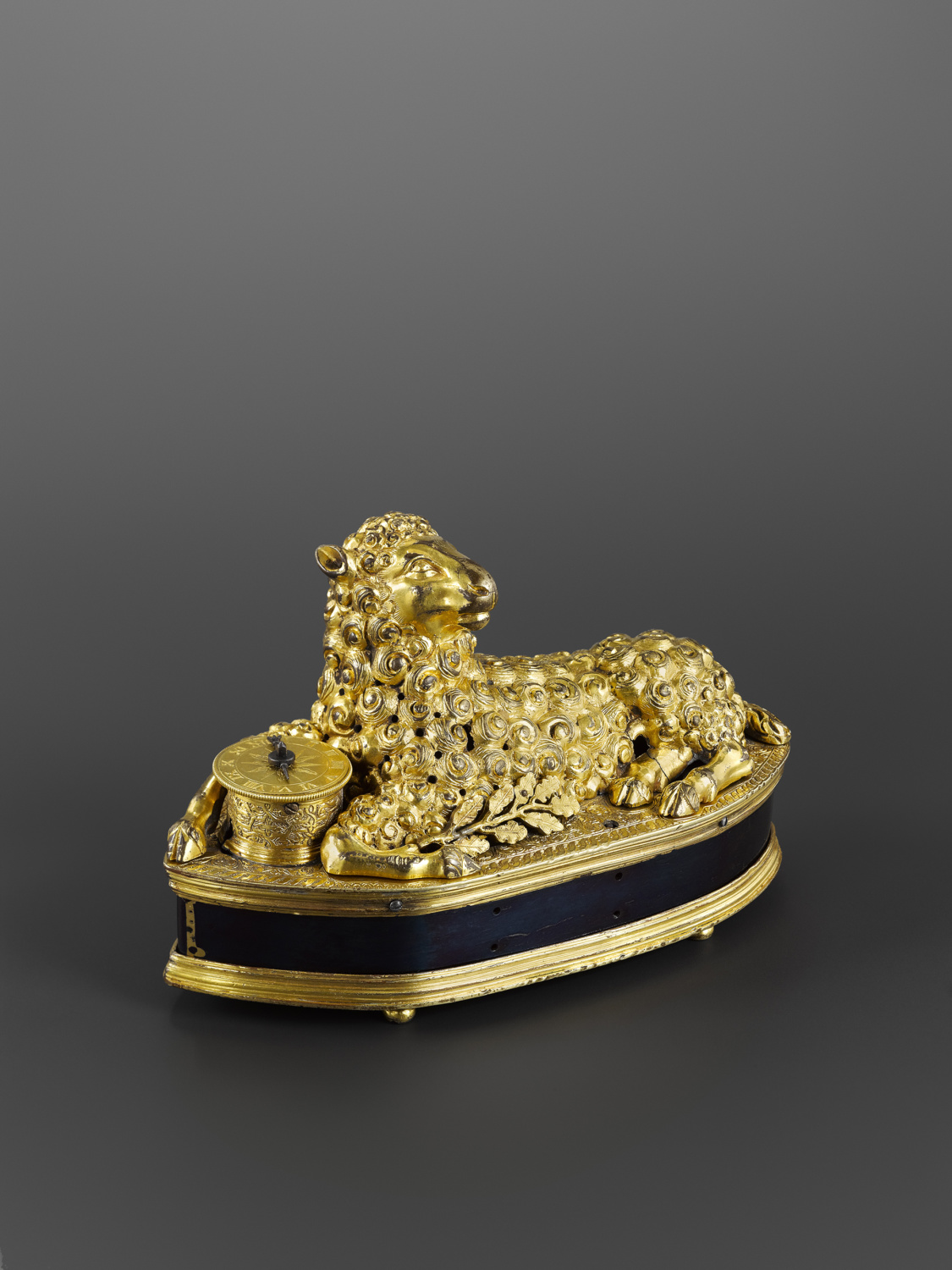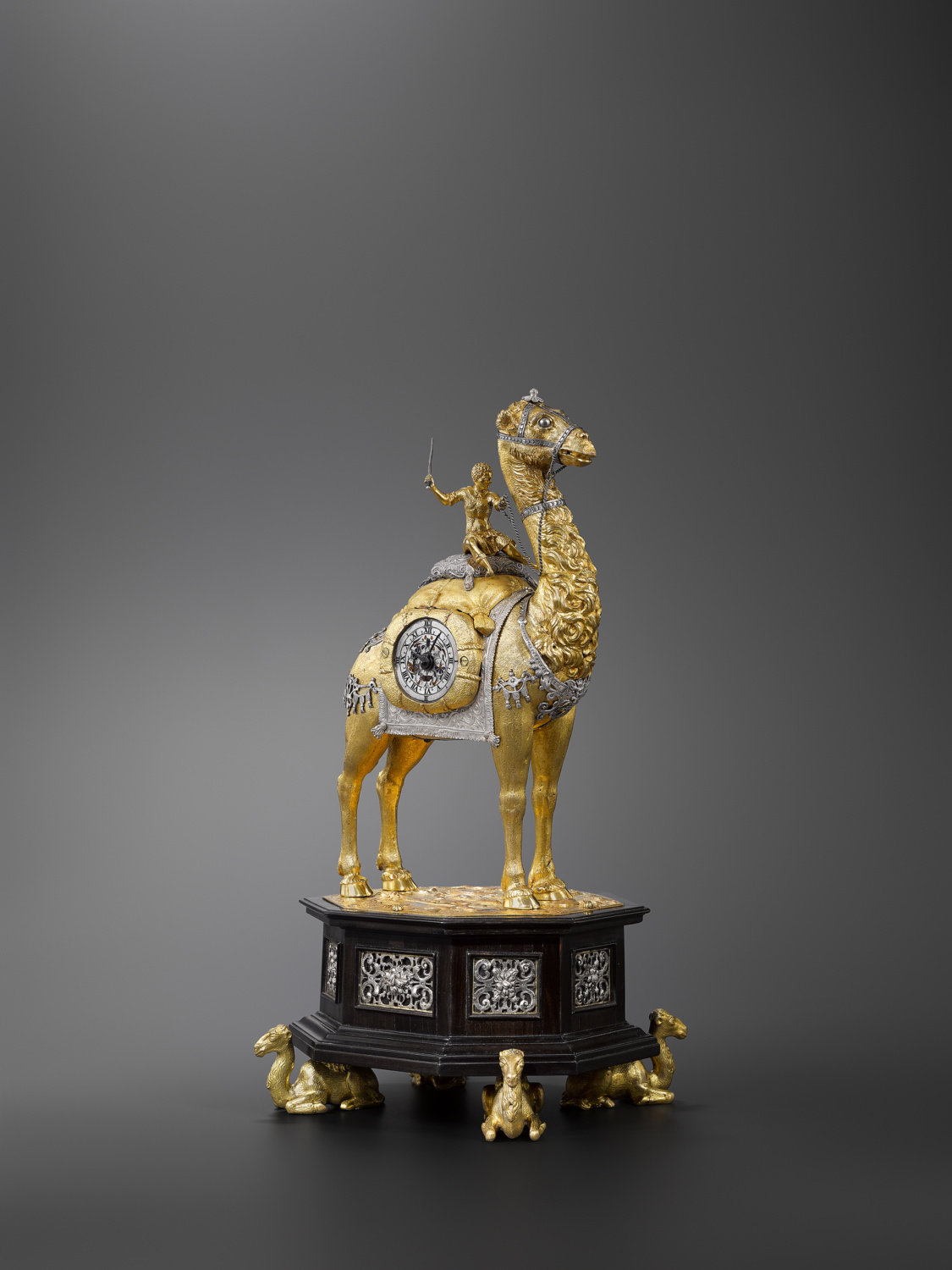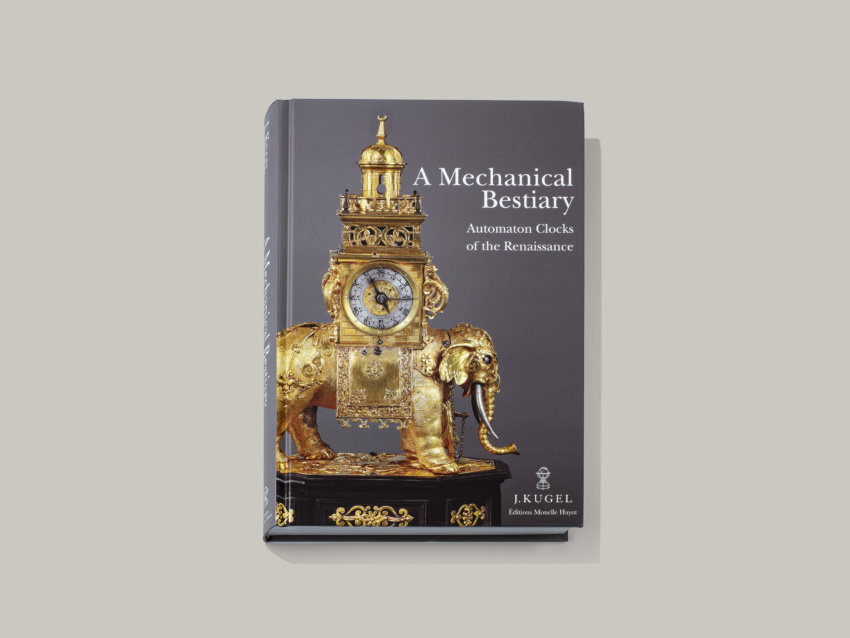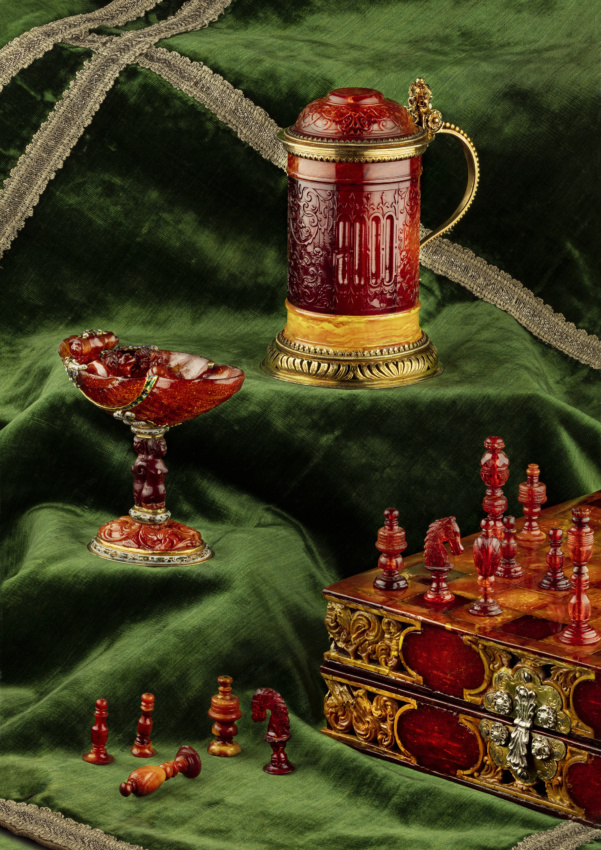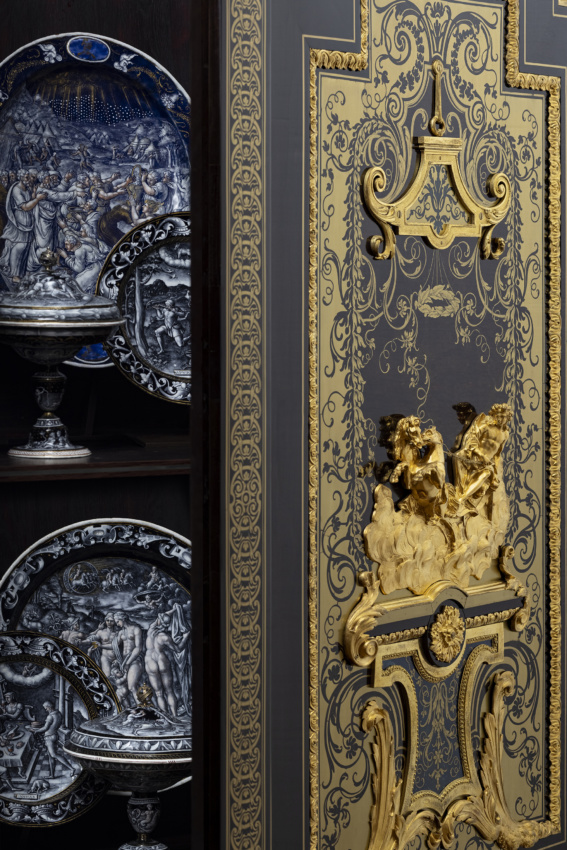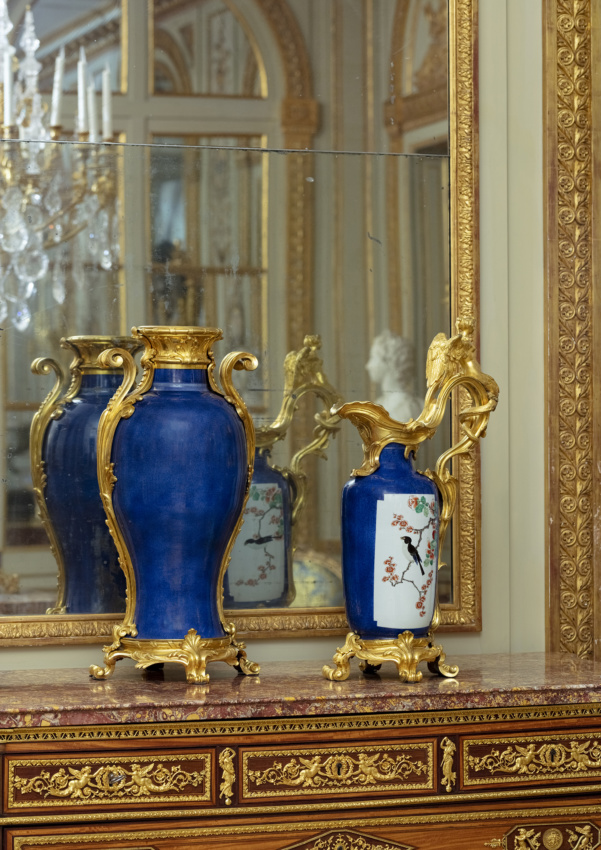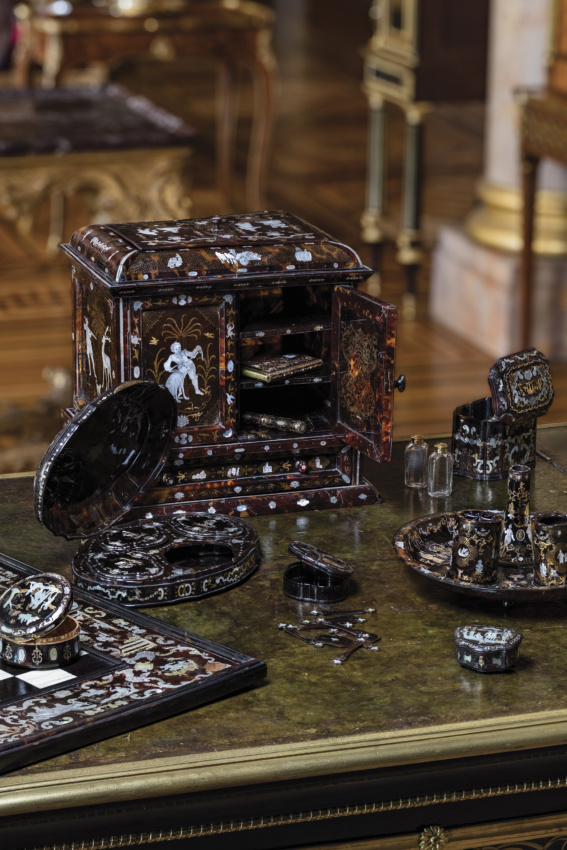From September 9th to December 3rd 2016, Galerie Kugel presented the first exhibition ever to be devoted solely to automaton clocks of the Renaissance. Over thirty automata will be on display, constituting the largest collection ever assembled. The visitor will discover a menagerie of exotic animals: lions, camels, elephants, bears, monkeys…
Every hour, or on demand, the clockwork is set into motion: the animals open their ferocious jaws, stick out their tongues, raise their paws, or swing their tails from side to side, while their eyes move with the rhythm of the clock. Though animals dominate the automaton kingdom, a few humans inhabit it as well, and one may encounter a Turkish horseman swinging his sword, and lion and bear tamers pulling on leashes.
From the time of Homer to our digital era, mankind has pursued the dream of giving life to an artificial being. At the end of the Middle Ages, the development of horology allowed the creation of the first automata, at the crossroads between science and art. During the Renaissance, this dream took the form of luxurious clocks representing animals and humans, destined for the pleasure of princes.
These automaton clocks date from 1580 to 1630 and were for the most part created in Augsburg, the main German artistic centre of the time. These wonderful objects combine the arts of sculpture and horology. Rivalling in fantasy and ingenuity, they fascinated the European courts. Today, they can be found in museums holding great princely collections in Vienna, Dresden, Munich… Automaton clocks were also used as diplomatic presents. From the middle of the 16th century onward, automaton clocks were regularly sent to the Sultan in Istanbul, as part of the yearly tribute paid by the Empire in order to preserve peace. In the 17th century, Jesuit priests presented automaton clocks – along with other works of art and scientific curiosities – to the Chinese Emperor, hoping these gifts would help spread Christian ideas throughout Asia.
Nearly 400 years after their creation, the animals of this mechanical bestiary continue to fill us with awe and wonder.
